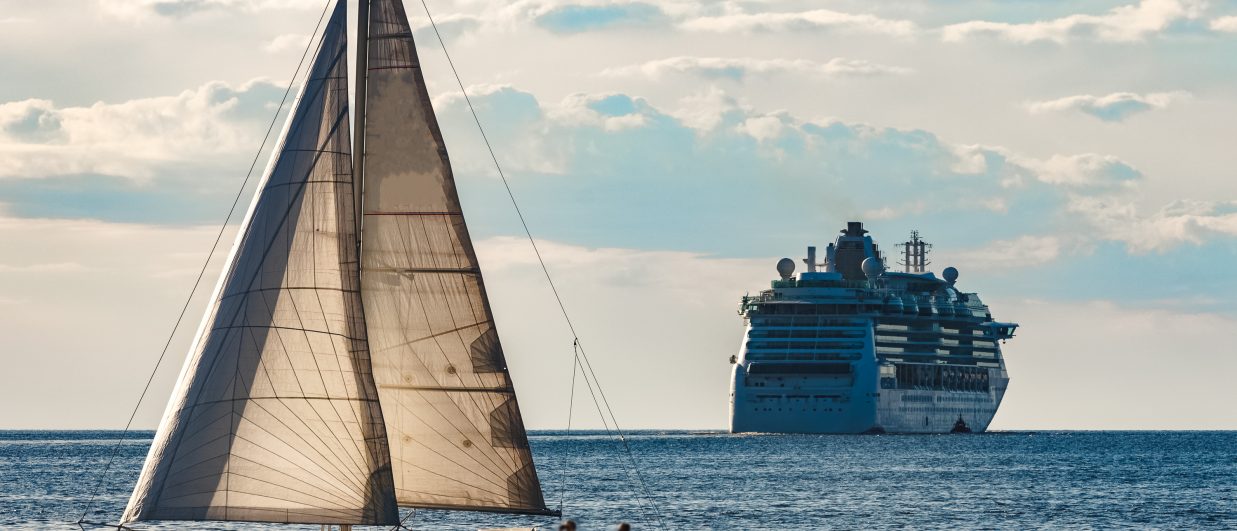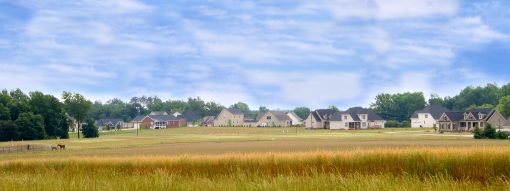Maritime spatial planning
Activities at the sea (shipping, fisheries) have been taking place for centuries. However, new sea uses, such as renewable energy development, aquaculture, extraction of mineral and energy resources (hydrocarbons, renewables, aggregates) and ports development have brought competition for marine space in addition to environmental concerns. Management of human activities at the sea has become more complex, requiring better coordination and planning.
Maritime spatial planning (MSP) helps various users to balance sectoral interests that compete for marine space, and contribute to achieving sustainable use of marine areas to the benefit of economic and social development as well as the marine environment. MSP has to be aligned with terrestrial planning to ensure well-functioning land-sea interactions (LSI).
Maritime Spatial Planning (MSP) in the Baltic Sea Region has evolved over many years
- The VASAB Stockholm Ministerial Conference in 1996 introduced “Recommendations for Spatial Planning of the Coastal Zone in the BSR”. Since then, coastal areas and islands have been one of the pillars of VASAB spatial concepts.
- The VASAB Wismar Ministerial Conference in 2001 passed “VASAB 2010 PLUS Spatial Development Action Programme” where the sustainable development of coastal zones and islands is one of the six key themes for transnational spatial planning cooperation extending spatial planning also to off-shore side.
- Between 2002 – 2005 the BaltCoast project developed recommendations on the role of spatial planning in ICZM. Based on the recommendations the VASAB Gdansk Ministerial Conference in 2005 suggested “sea use planning as a tool to prevent conflicts in intensively used offshore areas”.
- Within East West Window project VASAB Working Group on sea use planning and ICZM was established in 2006. The Working Group was chaired by the Polish Ministry of Regional Development. The work of the Working Group in October 2008 resulted with the elaborated concept of sea use planning in the BSR. This required first of all elaboration of the vision for long term development of the Baltic Sea space, a as well as principles and priorities upon which such vision can be implemented. Afterwards, the system of joint sea planning and management can be established using new governance methods and adequate tools. The Working Group also produced Compendium on MSP Systems in the BSR countries.
- In parallel, the 2007 HELCOM Baltic Sea Action Plan (BSAP) introduced MSP as a process aiming at more coherent management of various human activities taking place in the Baltic Sea. BSAP requires contracting parties to jointly develop by 2010, as well as to test, apply and evaluate by 2012, in cooperation with other relevant international bodies, broad-scale, cross-sectorial, MSP principles based on the Ecosystem Approach. VASAB chairmanship statement on cooperation with Helsinki Commission on marine spatial planning issues in the Baltic Sea Region, November 2007 welcomed HELCOM initiative and proposed expertise and knowledge of spatial planning for the implementation of the HELCOM BSAP.
- The importance of MSP as a key instrument for an Integrated Maritime Policy for the EU was highlighted by European Commission in the “Roadmap for Maritime Spatial Planning Achieving Common Principles in the EU”, announced in November 2008.
- VASAB Expert and Stakeholder Workshop on Maritime Spatial Planning Challenges in the Baltic Sea, in Vilnius, on 15 October 2009 was organized to propose further steps towards development of MSP in the BSR in dialogue with experts and stakeholders. It underlined the role of VASAB as promoter and knowledge base of MSP in the Region. Outcome of the workshop was reported to the VASAB Ministerial Conference on the next day, 16 October, 2009. See Final Key Messages to High Political Level.
- Several EU funded projects have contributed to enhance comprehensive MSP in the Baltic Sea (BaltSeaPlan, PartiSEApate, Baltic SCOPE, Pan Baltic Scope, Capacity4MSP project platform, eMSP NBSR etc.).
The Baltic Sea environment and the sustainable use of the sea resources needs to be supported through an integrated land and sea space planning and management. A common Baltic approach for MSP is discussed and tools and methods of such planning are being developed.
The VASAB Long Term Perspective for the Baltic Sea Region (LTP) envisages that in 2030 the Region should have integrated land and sea space planning, the understanding is reached that sea is a common asset and a development resource of all the countries, and the MSP alleviate the potential sea use conflicts. The VASAB LTP defines several policy guidelines towards enhancing MSP in the Region:
- Protecting the Baltic Sea environment and securing sustainable use of the sea resources requires integrated planning and management actions by all BSR countries and relevant sectors of economy (common approach for Baltic MSP and demonstration projects);
- The Baltic Sea Region has a potential to become a model region for the implementation of the EU Maritime Policy. Joint capacity building actions should be initiated to ensure exchange of experience, promote education availability and to increase competence in MSP.
Full text of the VASAB LTP is available here.
Implementation of LTP
The following steps have been taken to implement VASAB LTP:
- Joint HELCOM-VASAB MSP Working Group established in 2010 to ensure coherent MSP processes;
- Baltic Sea Broad-Scale MSP principles adopted in 2010;
- Best practices and minimum requirements for MSP in the Region discussed in 2012;
- Several Guidelines agreed supporting MSP planners in their work;
- Regular knowledge exchange on good practices in MSP is taking place;
- Experience gained of existing cross-border pilot activities and cooperation projects;
- Support to the MSP education and training, as well as MSP knowledge exchange.
What does MSP Actually mean? How does it work?
Please, watch five-minute film “Marine Spatial Planning – in a nutshell” (find below in the video section) that explains MSP simply and dynamically. This film has been financed by the German Federal Ministry for the Environment, Nature Conservation, Building and Nuclear Safety through its International Climate Initiative. It has been jointly produced by the global Blue Solutions Initiative and the MARISMA project in the Benguela Current region.



